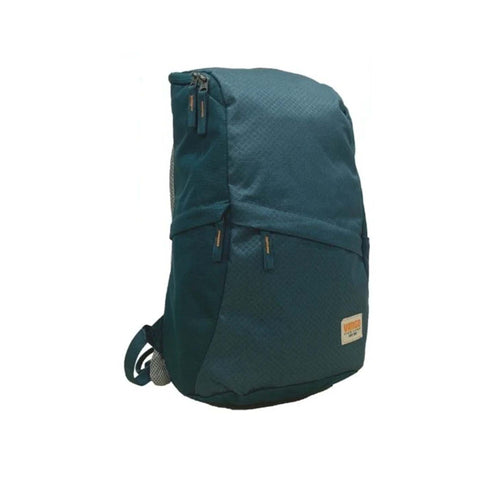As the mornings get cool and damp, you’re sure to notice crops of mushrooms appearing in fields and woodlands. If it looks like they’ve sprung up literally overnight… well they have. What we think of mushrooms are just the fruiting buds, below ground fungi exist as a mass of root-like tendrils, known as mycelium. When the environmental conditions are favourable, the ‘fruit’ pops up in double-quick time to produce and release spores, which, once dispersed, start the whole life cycle again.
The number of varieties is simply astonishing, over 15,000 in this country alone, and in all manner of forms. There's the beautiful, sculptural whirl of bracket fungi and the delicate curls of Scarlet Elf Cup. Some are deceptively jolly - the archetypal red and white toadstool of many a Disney fairytale is based on Fly Agaric, which in real life is extremely toxic. Some are distinctly creepy: the Jelly Ear mushroom looks like, well, a severed earlobe. The Stinkhorn, which attracts flies to spread its spores, looks like it’s melting and smells like rotting flesh.

Some varieties you may spy
Pictured, from top-left: The fly agaric is one of our most poisonous mushrooms, despite looking like a perch for a Smurf. Puffballs - otherwise known as the Devil’s Snuffbox - will pop up off-white and bulbous. They can appear as a pear-shaped mushroom or almost completely spherical, like golf-balls, As they become older, they turn brown and a hole opens on the surface to release spores in a burst when touched. Bracket fungi are extremely common, looking like tan discs growing on tree trunks. The Jelly Ear is one of the wilder varieties, you'll see it clinging to trunks and branches, particularly on elder trees.
Where to see them...
Mushroom-spotting season runs through Autumn all the way to November, although many species, like Candlesnuff and Bracket Fungi, can be spied year-round. You'll see mushrooms in virtually any green space - urban, suburban, or out in the wild; local park, woodland or hilltop. Big open tracts of deciduous woodland (like Epping Forest or the New Forest), or the downlands of Kent and Sussex are epic mushroom-spotting territory. You can check out local mushroom-spotting events across the UK on your local Wildlife Trust website.
Mushroom vs Toadstool...
In case you were wondering - there’s no difference between mushrooms and toadstools - we tend to call poisonous mushrooms toadstools, but the difference ends there. Since many poisonous mushrooms resemble edible ones we wouldn’t recommend foraging - unless you’re heading out with a foraging expert. There's not much to fear from the natural world on these shores, but many of the more toxic varieties can kill you stone dead. One of the world’s most poisonous mushrooms, the Deathcap, grows right here in the UK! Still, it's fascinating to see them in the wild - so take a snap to share, and leave them intact for the other mushroom-hunters out on an autumn ramble.



